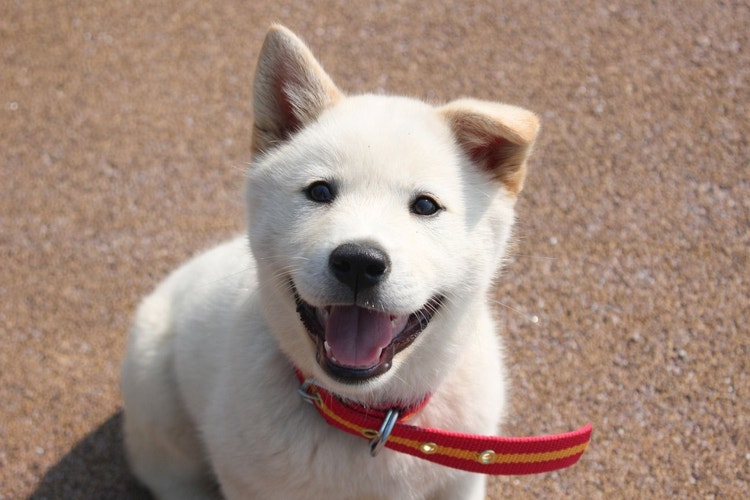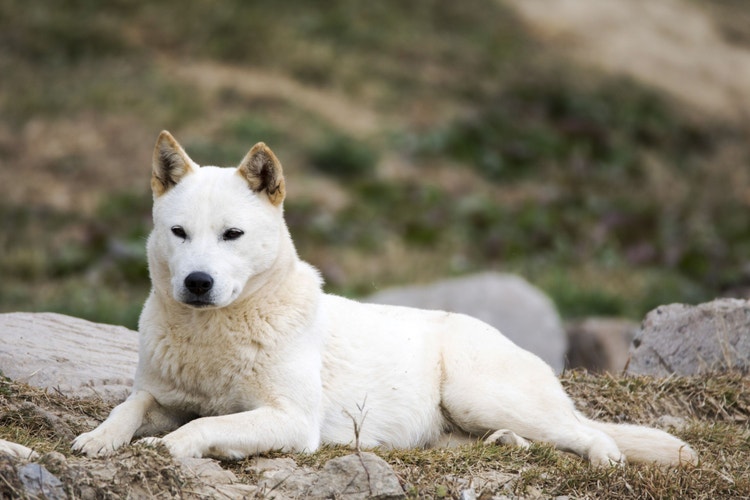
Jindo


Where Are Jindos From?
Named after their native South Korean island, the Jindo breed ran free for thousands of years, developing their searching and hunting skills before becoming domesticated.
They’re well known for having an uncanny sense of direction and being fiercely loyal to their owners. One famous story involves a Jindo that traveled nearly 200 miles to return to their original handler.
This combination of history, valor, determination, and heritage has resulted in great respect for the breed from the South Korean government. In fact, the Jindo has been named as the 53rd Natural Monument of Korea and is thereby shielded from abuse and slaughter. Although the exportation of Jindos from Korea is forbidden, many have traveled with Korean families to other countries.
Jindos in the United States are known for being medium-sized companion animals, suited for both city and country living. The Jindo breed was entered into the American Kennel Club Foundation Stock Service category in 2008.
Caring for a Jindo
What Kind of Diet Does a Jindo Need?
What Kind of Diet Does a Jindo Need?
Jindos require a high-quality food suited for their active lifestyle. They can be picky eaters, so avoid free-feeding or offering an excessive amount of treats, since it can turn them off of their regular dog food.
How Much Grooming Does a Jindo Need?
How Much Grooming Does a Jindo Need?
The Jindo has a thick, double coat that naturally resists dirt, meaning that they only have moderate grooming requirements. A weekly brushing will reduce shedding & 3 – 4 baths per year is sufficient.
Are Jindos Healthy Dogs?
Are Jindos Healthy Dogs?
The Jindo breed is known for their longevity and healthiness. They are predisposed to hypothyroidism, which is a condition where the metabolism is slowed due to a lack of thyroid hormone. Other potential conditions include allergies, cataracts, and hip dysplasia.
How Much Training Does a Jindo Need?
How Much Training Does a Jindo Need?
The Jindo has retained the characteristics that once made them a prized hunting breed. These include intelligence, independence, and fearlessness. Training from an early age and using consistent training methods can help them overcome their natural stubbornness.
How Much Exercise Does a Jindo Need?
How Much Exercise Does a Jindo Need?
Jindos are a very athletic and bright breed, requiring daily physical and mental enrichment. This can range from long daily walks to more regimented agility training.
What Are the Physical Characteristics of a Jindo?
Jindo Facts
Other Breeds to Explore
References
- American Kennel Club. The Complete Dog Book. Random House Digital, Inc., 2006.
- Morris, Desmond. Dogs: The Ultimate Dictionary of Over 1,000 Dog Breeds. Trafalgar Square, 2002.


